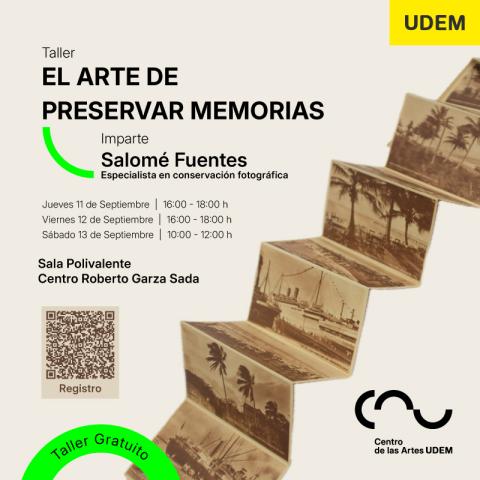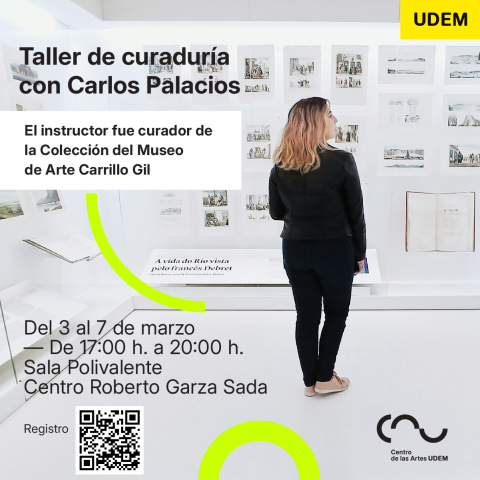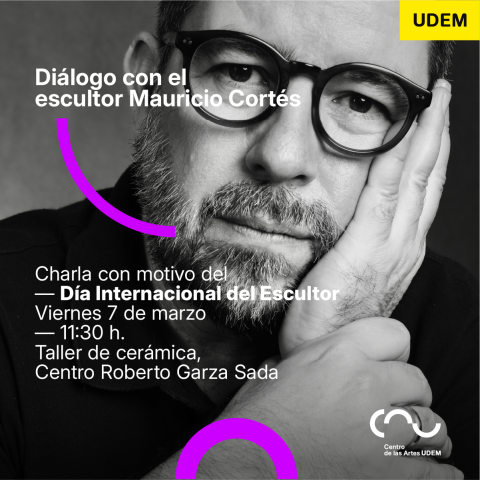Develop yourself as an interior designer according to current design standards
To educate and train professionals who are capable of responding to the current space challenges through a comprehensive project proposal developed through design methodologies in order to meet the user’s needs
Achieving this through the use of technological tools, materials specification, furniture design, and lighting and acoustic calculation, among other elements, based on the knowledge of construction systems and sustainable technologies, with an interdisciplinary approach.
"You can't really say what is beautiful about a place, but the image of the place will remain vividly with you."
\ Professional Success
An UDEM Interior Designer can work as a(n):
- Interior construction project manager
- Interior architect
- Creative director
- Art director
- Designer of furniture and fixtures, textiles, and tapestries
- Lighting designer
- Designer of scenic spaces
- Designer of ephemeral and itinerant spaces
- Space restorer
- Museographer
- Decorator
- Finishes specifier
- Interior branding designer
- Interior consultant
- Designer of retail and commercial spaces
- Workspace designer
- Designer of residential spaces
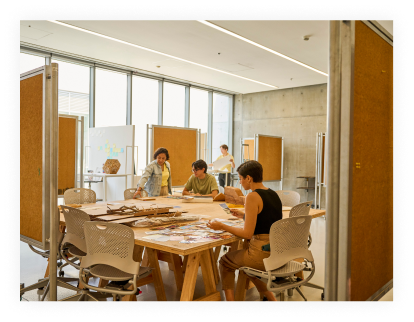
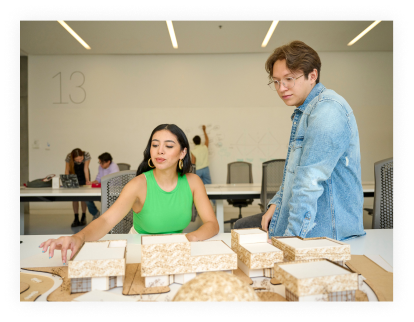
Desarrollo vinculado a la carrera de diseño de interiores.
El Diseño de Interiores ha tenido un desarrollo importante a nivel mundial, especialmente en México. Según la Asociación de Interioristas Mexicanos, en el país, la industria del Diseño de Interiores ha crecido un 12% anual en los últimos 5 años.
Conoce los talleres que se impartirán este año
Solicita información sobre este programa
Llena el siguiente formulario, un asesor te contactará para brindarte más información

